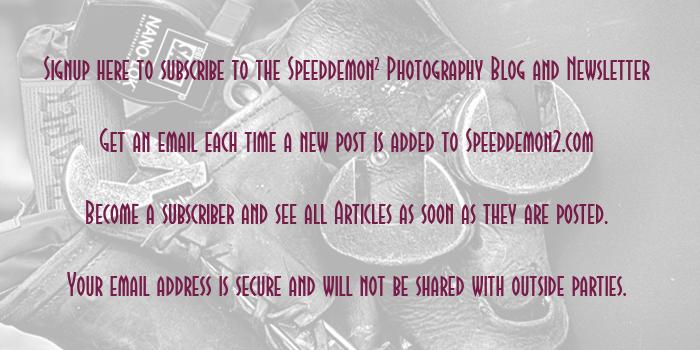
Click on the image to open and enlarge it in another window.
I found another good use for HDR processing last week while photographing at the NSRA Streetrod Nationals here in Louisville. It’s always difficult to capture the details inside the cabins of these cars in a single exposure. By shooting a three frame bracket set of +2, 0 and -2 EV I was able to tame the highlights and reach into the shadows. I shoot handheld whenever I can to allow myself the luxury of being able to frame my images without the hinderance that a tripod creates. I have found that applying 20% Ghost Reduction and checking Align Images in NIK HDR Efex Pro 2 compensates nicely for any camera movement that a handheld bracket set creates. In this image you can see the texture in the carpet as clearly as if it had been shot from a tripod.
I used the Balanced Preset in NIK HDR Efex Pro 2 as my starting point for merging the three frames before tone mapping the image. I then returned the image to Aperture 3 where I completed my adjustments to exposure and contrast before applying sharpening.

Click on the image to open and enlarge it in another window.
For this monotone image I took the color HDR image into OnOne Perfect Photo 7.5 and used the Perfect B&W application. I started with the Ambrotype preset and then made several changes to it’s default setting. I used a cream color for the paper tone and a deep blue for the silver tones. The ambrotype preset includes a border bit I didn’t care for it so I also changed it with the border adjustment tab. I chose the Emulsion #003 and added it and I also changed the width of the edge to something I felt better fit the image. By beginning with my HDR image I was able to show the same detail in the shadow areas as I had in the color image and also control the contrast and highlights.

Very nice! I am in interested in more info on the bracket you use.
Would you like to share more detail on exposure calculation – hand held spot – camera?
Keep up the excellent work and info you share.
I allow my camera’s auto exposure to determine the base exposure then by going two stop either side of that I usually have all the info I need to create a HDR image. I always shoot in RAW since it includes all the data the sensor sees. I limit the number of frames to help reduce noise and ghosting. The more frames that are included the more undesirable elements, such as sensor dust, etc.are rendered during the merging process. I watch my histogram closely to be sure that I have each third well represented from dark shadows to middle tones to highlights. I will on occasion add additional under exposed frames to tame an extra strong light source such as manmade lighting sometimes produces, especially at night
Thanks, Looking forward to more from a car guy like myself.